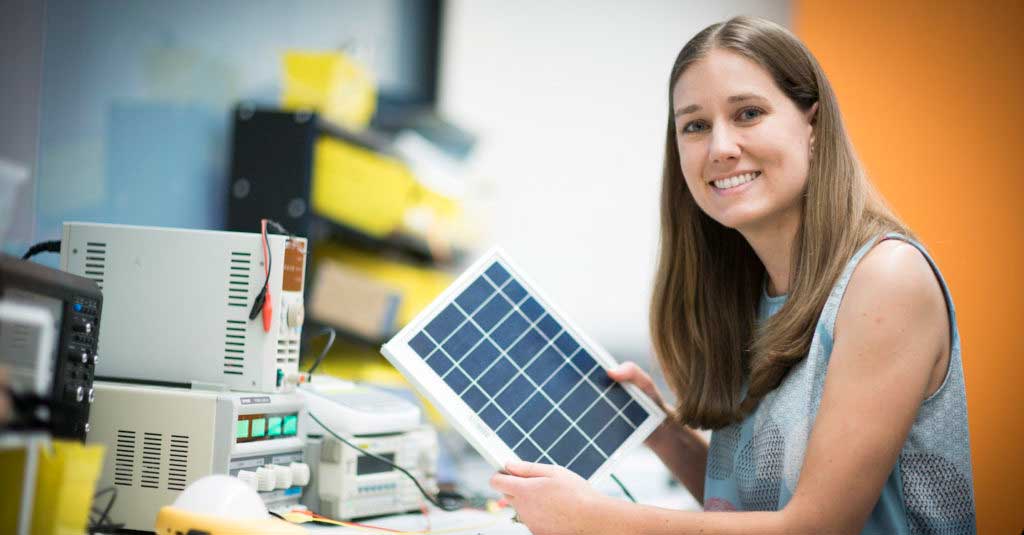
On September 20, 2018 Angaza CEO Lesley Marincola conducted a Quora Session to answer eight questions from the Quora audience about solar energy access in emerging markets, the Pay-As-You-Go business model, and more. Here is a review of the top four most pressing questions and their answers. Each of the four questions are linked to the full-length Quora question/answer. For a quick scan of the Session visit the event’s Twitter Moment. Have additional questions related to off-grid pay-as-you-go solar energy solutions or Angaza’s unique business model? We’d love to hear from you. Share your questions by tweeting to Angaza.
Energy Access and Solar Energy
What are some common misconceptions that many people have about solar energy?
Answers:
The influx of cheap, low-quality solar products in emerging markets has remained a pervasive problem. — Angaza (@angazadesign) September 20, 2018
When a solar product isn’t functioning as intended, the culprit is usually the battery, not the solar panel. — Angaza (@angazadesign) September 20, 2018
Even though solar panels are stationary once installed, they still need to be cared for in order to operate at maximum efficiency. — Angaza (@angazadesign) September 20, 2018
What makes energy access such a challenging problem to solve?
Answers:
Distributed clean energy solutions, like home solar power, can leapfrog the need for grid extension and provide cleaner and more reliable energy to off-grid families. — Angaza (@angazadesign) September 20, 2018
The high upfront cost of high-quality solar energy products, especially for low-income populations, who would benefit tremendously from energy access. — Angaza (@angazadesign) September 20, 2018
To reach the end user, solar products are often transported by trucks or motorbikes that must drive on unpaved and muddy roads, or by hand across terrain that is inaccessible. — Angaza (@angazadesign) September 20, 2018
Even for those who live underneath a power line, it could cost a family hundreds of dollars to connect their home to the grid. — Angaza (@angazadesign) September 20, 2018
Pay-As-You-Go Solar in Rural Off-Grid Areas
How will affordable solar energy change the lives of people living in rural, off-grid areas?
Answers:
When families in rural, off-grid areas have access to affordable solar energy, they no longer have to use an expensive source of energy linked to health issues. — Angaza (@angazadesign) September 20, 2018
Children, who have access to proper light resources, can do their homework and study at night. — Angaza (@angazadesign) September 20, 2018
Once families have energy, they can access real-time information through the radio, TV, and smartphones, which can now be charged and powered by solar energy products. — Angaza (@angazadesign) September 20, 2018
Women and girls, who carry the responsibility of sourcing and cooking with wood or charcoal, can focus on their education or employment. — Angaza (@angazadesign) September 20, 2018
What are the advantages and disadvantages of a pay-as-you-go business model?
Answers:
A PAYG business model has many benefits for both distribution businesses and end users, but it does come with increased operational complexity for the businesses that adopt it. — Angaza (@angazadesign) September 20, 2018
With PAYG, distribution businesses must learn how to offer and manage end user credit without access to formal credit risk scores, such as a FICO credit score in the U.S. — Angaza (@angazadesign) September 20, 2018
To reduce the risk of non-payment, distributors need to allocate more resources towards sales agents and consumer training. — Angaza (@angazadesign) September 20, 2018
Sales agents may need to follow up with clients to ensure they are making continuous payments until the products are fully paid off. — Angaza (@angazadesign) September 20, 2018


